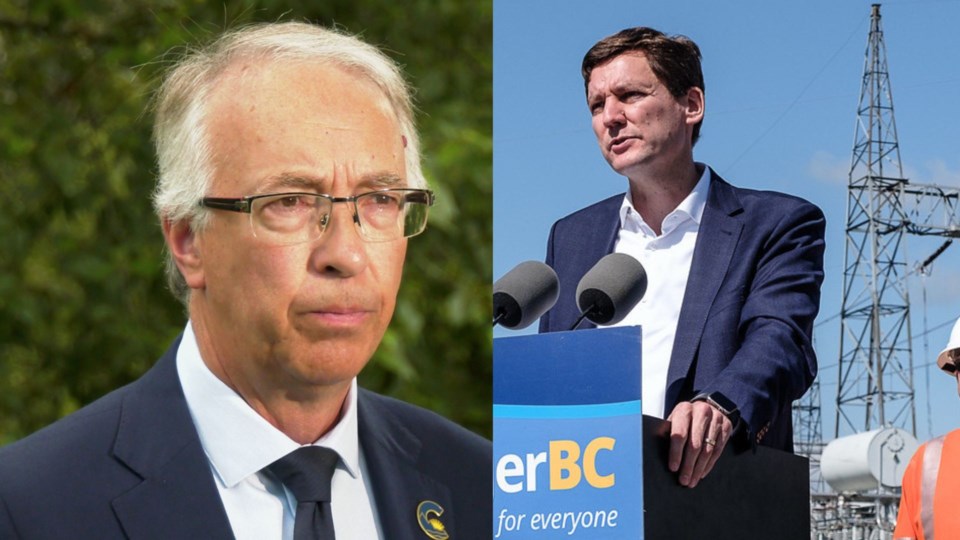Two groups of potential voters may prove to have a decisive impact on the outcome of the provincial election.
One group is the roughly 600,000 people who voted for the federal Liberal party in B.C. in the 2021 election. Presumably most of them voted for the B.C. Liberal Party — remember it? — during provincial elections, and a fair number voted for the NDP.
But with the B.C. Conservative Party taking a hard swing to the right and aligning itself with the positions and language used by the Pierre Poilievre-led federal Conservative Party, how much of that federal Liberal voting bloc will swing to the B.C. party?
Former B.C. Liberal stalwarts such as former B.C. health minister Terry Lake have already publicly expressed concerns they no longer have a “home” when it comes to supporting a political party. Former B.C. Liberal MLA Karin Kirkpatrick says this lack of a “home” — she says she can’t support either the B.C. NDP or the B.C. Conservatives — is what is partly motivating her to run as an independent candidate in the West Vancouver-Capilano riding.
NDP leader David Eby’s promise this past weekend of a $1,000 tax cut seems aimed directly at the middle-class federal Liberal voter. And don’t be surprised if the New Democrats convince a prominent federal Liberal — such as a current or past MP — to endorse their campaign or at least one of their candidates.
The other pool of voters is a much smaller group, but they are strategically located.
These would be the roughly 20,000 people who cast votes for the B.C. Green Party in about nine ridings in 2020 and 2017, but now find themselves without a Green Party candidate to vote for.
That is because the B.C. Greens were unable to find candidates in 24 ridings before the deadline to fill spots expired this past weekend.
The question now becomes who do those orphaned Green Party voters opt for with no Green candidate on the ballot?
Much data supports the theory that a significant decline in the Green Party vote leads to a corresponding increase in the NDP’s support. Of course, many former Green voters in these key ridings may switch to the Conservatives, but a close look at the 2017 and 2020 election results suggest most will go NDP.
The decline of the Green vote in the 2020 election compared to the 2017 election in the ridings of Maple Ridge-Pitt Meadows, Richmond-Queensborough and Richmond-South Centre was almost exactly the same as the increase of the NDP vote in those ridings in 2020.
It was a similar pattern in Abbotsford-Mission, Coquitlam-Burke Mountain, and Vernon-Monashee — three ridings the NDP had never captured before.
And now the B.C. Greens are not fielding candidates in any of those ridings, which are critical ones that lie along the NDP’s path to power. Until the Greens dropped out of the Vernon riding, the NDP was pessimistic about their chances of holding the seat, given the margin of victory in 2020 was less than 500 votes. But if a majority of the almost 4,500 voters who voted for the B.C. Greens in 2020 cross to the NDP, the party’s chances of winning look a lot better.
On top of all this, the absence of a Green candidate in Surrey-Panorama, Surrey-Newton and the new riding of Surrey-Serpentine may further secure the NDP’s hold on them.
Federal Liberals and orphaned Greens — how they vote may well decide which party forms government after Oct. 19.
Of course, that is assuming they even vote at all.
Keith Baldrey is chief political reporter for Global BC.



